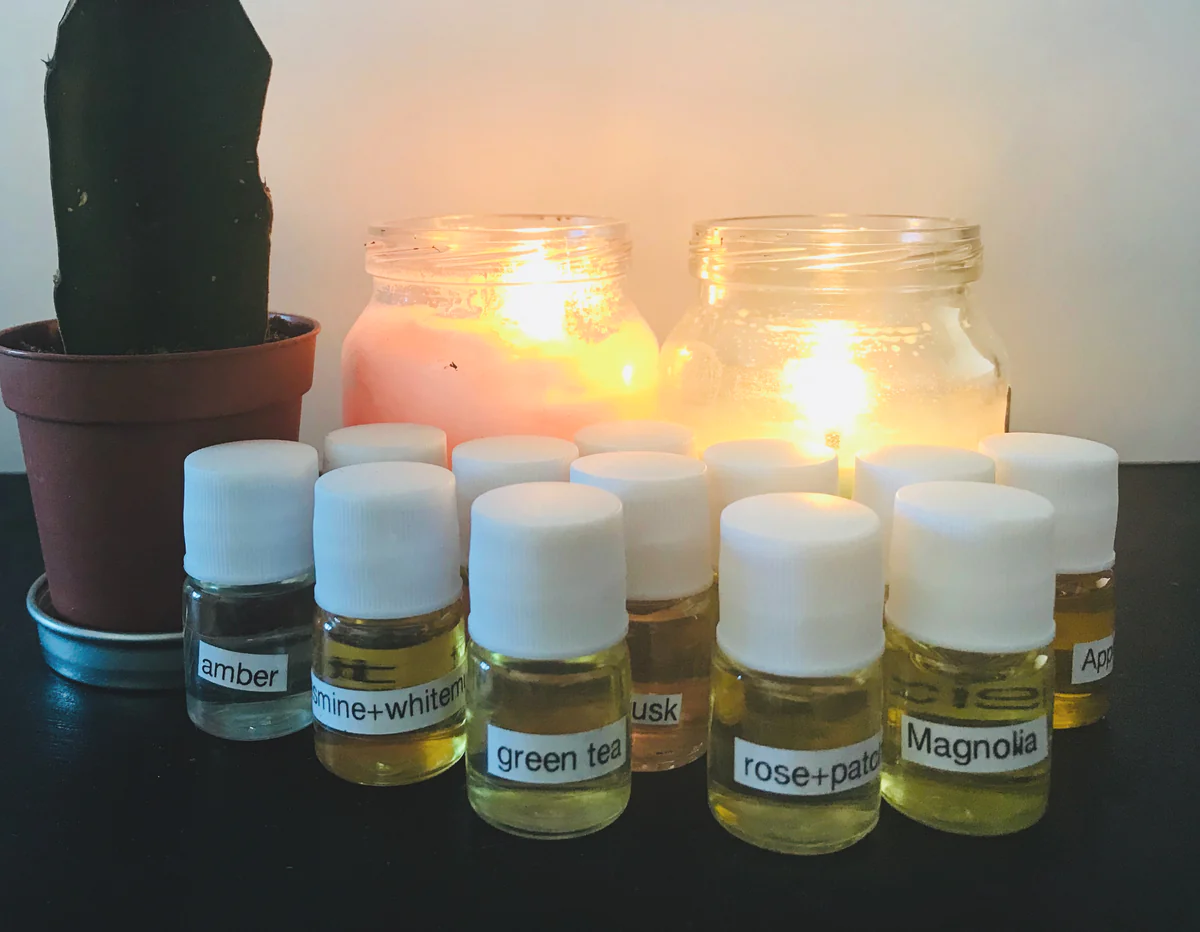

Articles
How Do You Add Scent To Candles
Modified: September 2, 2024
Learn how to add scent to candles with our informative articles. Discover different methods and tips to create beautifully scented candles at home.
(Many of the links in this article redirect to a specific reviewed product. Your purchase of these products through affiliate links helps to generate commission for Storables.com, at no extra cost. Learn more)
Introduction
When it comes to creating the perfect ambiance in your home or setting a relaxing mood, scented candles are a popular choice. Not only do they illuminate the space, but their delightful aromas can evoke a sense of calm and tranquility. But have you ever wondered how candle manufacturers are able to infuse candles with such captivating scents?
In this article, we will explore the art of adding scents to candles and uncover the techniques and methods behind it. Whether you’re a seasoned candlemaker or just starting out, understanding the process of scenting candles can help you create truly unique and aromatic candles that will fill your space with enchanting fragrances.
Before we dive into the process, it’s important to first understand the basic principles of candlemaking. Candles are typically made from a combination of wax, a wick, and a fragrance oil or essential oil for scent. The wax acts as the fuel source, while the wick provides a steady flame. The fragrance oil or essential oil is what gives the candle its signature scent.
There are various types of waxes that can be used for candlemaking, including soy wax, beeswax, and paraffin wax. Each type of wax has its own unique properties and characteristics, which can impact the scent throw (the strength and diffusion of the fragrance) of the candle.
When it comes to choosing scents for your candles, the options are virtually limitless. From floral and fruity aromas to warm and cozy scents, there is a wide range of fragrance oils and essential oils available in the market. Some popular candle scents include lavender, vanilla, citrus, cinnamon, and sandalwood.
When selecting fragrances for your candles, you can choose between natural and synthetic options. Natural fragrances are derived from botanical sources, such as flowers, fruits, and herbs. Synthetic fragrances, on the other hand, are created in a lab using a combination of chemical compounds. Both options have their own advantages and considerations, so it’s important to choose based on your preferences and any specific requirements you may have.
Now that we have a basic understanding of candlemaking and the types of scents available, let’s delve into the various methods and techniques for adding scents to candles. Whether you prefer a subtle hint of fragrance or a bold and intense aroma, there are several approaches you can take to achieve your desired scent profile.
However, before we proceed, it’s essential to keep in mind some safety precautions when working with fragrance oils or essential oils. Always follow the recommended usage rates specified by the manufacturer, as using too much fragrance oil can affect the performance and burn time of your candles. Additionally, ensure that you are working in a well-ventilated area to avoid any respiratory issues.
With these factors in mind, let’s continue our journey into the fascinating world of candle scents and explore the different methods and techniques to infuse your candles with captivating fragrances.
Key Takeaways:
- Creating captivating scented candles involves understanding the art of candlemaking, selecting the right scents, and utilizing effective techniques to infuse spaces with delightful aromas.
- Balancing safety, creativity, and experimentation is key to crafting scented candles that maximize scent throw and enhance the ambiance of any environment.
Read more: How To Make Scents For Candles
Understanding Candlemaking Basics
Candlemaking is a centuries-old craft that has evolved over time. Today, candles are not only used for practical purposes like lighting, but they are also treasured for their decorative and aromatic qualities. Before we delve into the intricacies of adding scents to candles, let’s start with a brief overview of the basic candlemaking process.
The first step in candlemaking involves selecting the type of wax you want to use. There are several options available, each with its own unique characteristics. Soy wax is a popular choice for its clean-burning properties and ability to hold fragrance well. Beeswax is another natural option, known for its long burn time and subtle honey-like scent. Paraffin wax is a widely used and affordable choice, although it is derived from petroleum.
Once you’ve chosen your wax, it’s time to melt it down. This can be done using a double boiler or a dedicated candle wax melter. Gradually heat the wax to its melting point, stirring gently to ensure even melting and prevent hot spots. It’s essential to monitor the temperature of the wax to avoid overheating or scorching.
While the wax is melting, prepare your candle containers or molds. You can use various types of containers like jars, tins, or even tea cups. Ensure that the containers are clean and free from any dust or debris. If you’re using molds, remember to coat them with a mold release spray or a thin layer of oil to facilitate easy removal of the candles later on.
Once the wax is completely melted, it’s time to add the fragrance. The amount of fragrance oil you add will depend on the type and brand you’re using, as well as the desired scent strength. Follow the manufacturer’s recommended usage rate to ensure optimal results. It’s important to note that different fragrances have different flashpoints (the temperature at which they ignite), so be cautious when adding fragrance oils to avoid any accidents.
After adding the fragrance, stir the wax thoroughly to ensure proper distribution. This will help to maximize the scent throw of the candle. If you wish to add color to your candles, this is the time to incorporate liquid or powdered dyes. Remember, a little goes a long way, so start with a small amount and gradually add more until you achieve the desired hue.
Now it’s time to pour the wax into your chosen containers or molds. Be careful not to overfill them, as the wax may expand and overflow during the cooling process. Leave some space at the top to accommodate the wick and allow for a proper burn. Once the wax is poured, gently insert the wick into the center of the container or mold, using a wick holder or pencil to keep it upright and centered.
Allow the candles to cool and solidify completely. This process can take several hours, depending on the size and type of candles you’re making. It’s essential to resist the temptation to move or disturb the candles during this time to ensure a smooth and even finish.
Once the candles have fully hardened, trim the wick to a suitable length, typically around ¼ to ½ inch. This will help promote a steady and clean burn. Finally, your homemade scented candles are ready to be enjoyed and shared with family and friends!
Now that we have covered the basics of candlemaking, let’s explore the different types of scents that can be used to add fragrance to your candles.
Types of Scents for Candles
When it comes to choosing scents for your candles, the possibilities are endless. From fresh and floral to warm and woody, there is a wide range of fragrance options available to suit every preference and occasion. Understanding the different types of scents can help you select the perfect aroma to enhance the ambiance of your space.
1. Floral Scents: Floral scents are beloved for their delicate and feminine aromas. Common floral fragrances for candles include rose, jasmine, lavender, and lily of the valley. They evoke a sense of romance and tranquility, making them ideal for creating a soothing atmosphere.
2. Fruity Scents: If you prefer a more vibrant and energizing aroma, fruity scents are a great choice. Think of juicy citrus fruits like orange, lemon, and grapefruit, or sweet and tropical scents like pineapple and coconut. These scents are invigorating and can help uplift your mood.
3. Fresh Scents: Fresh scents are clean, crisp, and reminiscent of the outdoors. You can opt for scents like freshly cut grass, morning dew, or a sea breeze. These fragrances are perfect for creating a calming and rejuvenating ambiance, especially in bathrooms or bedrooms.
4. Woody Scents: If you’re looking for a more earthy and grounding aroma, woody scents are an excellent choice. Options like sandalwood, cedarwood, and patchouli bring a sense of warmth and richness to your space. These scents are often associated with relaxation and meditation.
5. Gourmand Scents: Gourmand scents refer to fragrances that mimic delicious food and dessert aromas. They can range from sweet scents like vanilla, caramel, and chocolate to savory scents like coffee and spices. Gourmand scents can create a cozy and inviting atmosphere, perfect for indulging your senses.
6. Herbal Scents: Herbal scents are known for their refreshing and therapeutic qualities. Fragrances like eucalyptus, mint, and sage offer a clean and invigorating aroma. These scents are excellent for promoting focus and clarity, making them a great choice for home offices or study areas.
7. Seasonal Scents: Finally, don’t forget about seasonal scents that are associated with specific times of the year. Spicy scents like cinnamon, nutmeg, and clove are popular during the fall and winter months, while floral scents like lilac and peony are more commonly enjoyed in the spring and summer.
When selecting scents for your candles, consider the purpose and mood you want to create in your space. For relaxation and winding down, opt for soothing and calming scents like lavender or chamomile. If you’re looking to energize and invigorate, go for zesty or citrusy scents. Remember, experimenting with different scent combinations can also lead to unique and captivating fragrances.
Now that we have explored the different types of scents available, let’s delve deeper into the debate of natural versus synthetic fragrances for candles.
Popular Candle Scents
When it comes to selecting scents for your candles, there are certain fragrances that have stood the test of time and remain perennial favorites. These popular candle scents evoke a sense of comfort, nostalgia, or relaxation, making them beloved choices for creating the perfect ambiance in any space. Let’s explore some of these timeless scents that are sure to delight the senses.
1. Lavender: Widely recognized for its calming and soothing properties, lavender is a classic choice for candles. Its delicate floral aroma promotes relaxation and can help alleviate stress and anxiety. Lavender candles are often used in bedrooms, spa settings, or as part of a bedtime routine to create a peaceful atmosphere.
2. Vanilla: The sweet and warm scent of vanilla is a crowd-pleaser that never goes out of style. Vanilla candles create a cozy and inviting ambiance and are often associated with feelings of comfort and indulgence. This comforting aroma is perfect for creating a warm and welcoming atmosphere in living rooms or during intimate gatherings.
3. Citrus: Citrus scents like orange, lemon, and grapefruit are known for their fresh and uplifting qualities. These invigorating fragrances can help boost energy levels and create a bright and cheerful atmosphere. Citrus candles are fantastic choices for kitchens, bathrooms, or any space where you want to infuse an energetic and revitalizing vibe.
4. Cinnamon: Cinnamon is a popular spice that evokes feelings of warmth and coziness. Its rich and spicy aroma is often associated with the holiday season and can instantly create a festive atmosphere. Cinnamon candles are commonly used during fall and winter months, adding a touch of nostalgia and creating an inviting ambiance in living rooms or near fireplaces.
5. Sandalwood: With its woody and exotic scent, sandalwood is a captivating fragrance that appeals to many. Known for its calming and grounding properties, sandalwood candles create a serene and meditative ambiance. These candles are often used in yoga and meditation spaces, as well as in bedrooms for relaxation and peace of mind.
6. Fresh Linen: The aroma of fresh, clean laundry is a favorite scent for many. Fresh linen candles capture the essence of this comforting aroma, giving your space a clean and crisp ambiance. These candles are perfect for bathrooms, laundry rooms, or any area where you want to create an atmosphere of cleanliness and freshness.
7. Rose: Rose is a classic floral scent that exudes elegance and romance. The delicate and sweet aroma of roses can create a luxurious and sophisticated atmosphere in any room. Rose candles are commonly used for special occasions, weddings, or as a thoughtful gift for loved ones.
These are just a few examples of popular candle scents, but the options are endless. Whether you prefer the comforting scent of freshly baked cookies, the invigorating aroma of eucalyptus, or the earthy notes of patchouli, there is a candle scent out there to suit every preference and occasion.
When choosing popular candle scents, consider the purpose of the candle and the atmosphere you want to create. Experiment with different combinations and layering techniques to personalize your candle scents and create a truly unique olfactory experience. Take the time to explore various fragrances and discover the ones that resonate with you and enhance your space.
Now that we have explored popular candle scents, let’s dive into the debate between natural and synthetic fragrances for candles.
Natural vs Synthetic Fragrances
When it comes to selecting fragrances for your candles, you will encounter two main options: natural and synthetic fragrances. Both types have their own advantages and considerations, and understanding the differences between them can help you make an informed choice based on your preferences and values.
Natural fragrances are derived from botanical sources, such as flowers, fruits, herbs, and spices. These scents are extracted through various methods, including steam distillation, cold-pressing, or solvent extraction. Natural fragrances are often prized for their authenticity, as they capture the true essence of the plant or natural material they are derived from.
One of the main benefits of natural fragrances is their perceived purity. Many people appreciate the idea of using products that contain ingredients sourced directly from nature. Natural fragrances often have a more subtle and nuanced scent compared to synthetic fragrances, which can be appealing to those who prefer a more authentic and less overpowering aroma.
Another advantage of natural fragrances is that they may have potential therapeutic benefits. Certain essential oils derived from plants are believed to have calming, energizing, or mood-enhancing properties. For example, lavender is known for its relaxation effects, while citrus scents can be invigorating and uplifting. However, it’s important to note that the therapeutic benefits of essential oils can vary, and it’s advisable to consult with a professional if you are specifically seeking aromatherapy benefits.
On the other hand, synthetic fragrances are created through the combination of various chemicals in a laboratory setting. These fragrances are designed to mimic natural scents or create entirely new and unique aromas. Synthetic fragrances offer a wider range of options, as they can reproduce scents that may be difficult or costly to extract naturally. This variety allows for more adventurous and creative scent combinations.
One of the key advantages of synthetic fragrances is their stability and longevity. They tend to have a longer shelf life and can maintain their scent strength over time. Additionally, synthetic fragrances often have a more intense aroma, providing a potent scent throw that can fill a room more effectively.
Synthetic fragrances also offer a consistent scent profile. Natural fragrances can vary slightly from batch to batch due to factors such as weather conditions and plant variations. Synthetic fragrances, on the other hand, can be precisely formulated to ensure a consistent aroma each time.
However, it’s important to note that some synthetic fragrances may contain chemical compounds that can trigger allergies or sensitivities in some individuals. Certain artificial ingredients used in synthetic fragrances have been associated with potential skin irritation or respiratory issues. It’s crucial to choose high-quality synthetic fragrances from reputable manufacturers and be mindful of any potential reactions.
Ultimately, the choice between natural and synthetic fragrances boils down to personal preference and values. Some people prioritize the perceived purity and authenticity of natural fragrances, while others appreciate the wider range of options and consistent scent profile offered by synthetic fragrances. You may also consider a combination of both, using natural fragrances for certain candles and synthetic fragrances for others.
Now that we understand the difference between natural and synthetic fragrances, let’s move on to exploring the various methods and techniques for adding scents to candles.
When adding scent to candles, use high-quality fragrance oils specifically designed for candle making. Start with a small amount and adjust to your preference, as too much oil can affect the candle’s burn.
Read more: How To Make Beeswax Scented Candles
Adding Scents to Candles: Methods and Techniques
Adding scents to candles is a critical step in the candlemaking process that allows you to infuse your creations with captivating aromas. There are several methods and techniques you can use to incorporate scents into your candles, each offering its own unique advantages and considerations. Let’s explore some of the most common ways to add scents to candles.
1. Fragrance Oils: Fragrance oils are a popular choice for adding scents to candles. These oils are specifically formulated to provide a strong and long-lasting aroma when blended with wax. To use fragrance oils, simply measure out the recommended amount for your candle size and mix it into the melted wax before pouring it into your chosen container or mold. Fragrance oils offer a wide range of options and are known for their excellent scent throw.
2. Essential Oils: Essential oils are natural plant extracts that can be used to add scents to candles. These oils are derived from botanical sources and offer a multitude of aromas, each with its own unique properties. Essential oils should be added to the melted wax at a lower temperature to preserve their fragrance, as high heat can cause them to evaporate quickly. It’s important to note that not all essential oils are suitable for candlemaking, and some may have a lower scent throw compared to fragrance oils.
3. Wax Additives: Another method of scenting candles is by using wax additives. These additives are specifically designed to enhance the scent throw and fragrance retention of the candle. They are usually in the form of liquid or powder and are added to the melted wax before pouring. Wax additives can help improve the diffusion and longevity of the scent in the candle, resulting in a more robust aroma.
4. Layering Technique: The layering technique involves adding multiple scents to create complex and unique candle fragrances. This technique is achieved by pouring different layers of scented wax into the container or mold. Each layer can have a different scent, allowing you to experiment with various combinations and create custom blends. The layering technique adds visual interest to your candles and offers a multi-dimensional scent experience.
5. Scented Wicks: Scented wicks are pre-infused with fragrance and are an effortless way to add scents to your candles. These wicks come in various types and fragrances, and they release the scent as the candle burns. Simply select the desired scented wick and use it during the candlemaking process as you would with a regular wick. Scented wicks are a convenient option if you prefer a straightforward approach to scenting your candles.
It’s important to note that when adding scents to candles, it’s crucial to follow manufacturer instructions and recommended usage rates. Using too much fragrance can affect the performance and burn of the candle, while using too little may result in a weak scent throw. It’s always a good idea to conduct test burns to ensure the desired scent strength and performance before making a large batch of scented candles.
Candlemaking is a creative and experimental process, so don’t be afraid to try different methods and techniques to find what works best for you. Whether you opt for fragrance oils, essential oils, wax additives, or the layering technique, adding scents to candles allows you to create unique and enticing fragrances that will delight your senses and transform your space.
Now that we have explored the methods and techniques for adding scents to candles, let’s move on to discussing precautions and safety tips to ensure a safe candlemaking experience.
Precautions and Safety Tips
While candlemaking is a rewarding and enjoyable craft, it’s important to prioritize safety to ensure a pleasant and hazard-free experience. Working with fragrance oils, essential oils, and other candlemaking materials requires some precautions to minimize risks. Here are some essential safety tips to keep in mind:
1. Ventilation: Always work in a well-ventilated area to prevent the accumulation of fumes. This is especially important when working with fragrance oils or essential oils, as the strong scents can be overwhelming in an enclosed space. Open windows or use fans to improve air circulation during the candlemaking process.
2. Protective Gear: Wear appropriate protective gear, such as gloves and safety glasses, when handling fragrance oils, essential oils, dyes, or other potentially irritating materials. This will help protect your skin and eyes from any potential harm or allergic reactions.
3. Temperature Control: Be cautious when working with hot wax and fragrances. Make sure to heat the wax slowly and avoid overheating, as it can pose a fire risk. Keep a fire extinguisher nearby and never leave melting wax unattended. Use a thermometer to monitor and maintain safe temperatures throughout the candlemaking process.
4. Proper Mixing Techniques: When adding scents to your candles, thoroughly stir the fragrance oil or essential oil into the melted wax to ensure even distribution. Avoid aggressive stirring, as it could cause spills or splashes. Take your time and stir gently to minimize the risk of accidents.
5. Correct Measurement: Use precise measurements when adding scents to your candles. Overdosing fragrance oils can affect the performance and burn characteristics of the candle, while using too little may result in a weak scent throw. Follow the recommended usage rates provided by the manufacturers to achieve the desired scent strength without compromising safety.
6. Storage and Labeling: Store fragrance oils, essential oils, and other candlemaking supplies in a cool, dry place away from direct sunlight and heat sources. Properly label all containers to minimize the risk of accidental misuse or confusion. Keep these materials out of reach of children and pets.
7. Cleanliness: Maintain a clean and organized workspace, keeping flammable materials away from heat sources. Clean up any spills or drips promptly to reduce the risk of slips or fire hazards. Dispose of waste materials properly and responsibly.
8. Testing: Before introducing new fragrances or experimenting with different scent combinations, conduct test burns to assess the performance, scent throw, and safety of your candles. This will help you identify any potential issues and make necessary adjustments before producing larger batches.
9. Educate Yourself: Familiarize yourself with the safety data sheets (SDS) provided by manufacturers for the fragrance oils, essential oils, and other candlemaking materials you use. Understanding their properties, potential hazards, and handling guidelines will enable you to work with them safely.
Remember, safety should always be the top priority when engaging in any candlemaking activities. By following these precautions and safety tips, you can enjoy the process of scenting your candles while minimizing risks and creating a safe environment in your workspace.
Now that we have covered the necessary safety precautions, let’s move on to troubleshooting common issues that you may encounter in candlemaking.
Troubleshooting Common Issues
While creating scented candles can be a rewarding and enjoyable experience, it’s not uncommon to encounter some common issues along the way. Understanding how to troubleshoot these issues will help you overcome any challenges and achieve the best possible results. Here are some common problems you may encounter when making scented candles and their possible solutions:
1. Poor Scent Throw: If your candles are not emitting a strong enough scent when lit, several factors could be at play. Firstly, check the quality and strength of the fragrance oil or essential oil you’re using. Ensure that you’re following the recommended usage rates provided by the manufacturers; using too little fragrance can result in a weak scent throw. Additionally, consider the type of wax you’re using, as some waxes have better scent throw capabilities than others. Experiment with different waxes and adjust your fragrance load accordingly.
2. Tunneling: Tunneling occurs when a candle burns down the center, leaving a ring of unmelted wax around the edges. This often indicates an issue with the wick size or the burning habits of the candle. To troubleshoot tunneling, try using a larger wick size to promote a broader melt pool. You can also prevent tunneling by ensuring that you allow the candle to burn long enough during each use to create a full melt pool.
3. Sooty Flames: Sooty flames can be caused by several factors such as using the wrong type or size of wick, overloading the candle with fragrance oil, or burning the candle in a drafty area. To address this issue, ensure that you’re using the appropriate wick size for your candle diameter and adjust it if necessary. Trim the wick to an appropriate length (about ¼ to ½ inch) before each use. Avoid placing the candle in a drafty area to prevent uneven burning and excessive smoke.
4. Wax Frosting: Wax frosting refers to the whitish, crystalline appearance that may occur on the surface of soy wax candles. This is a natural characteristic of soy wax and does not impact the candle’s performance or scent throw. However, if you prefer a smoother appearance, you can try using a heat gun to gently melt the frosty areas and smooth out the surface. Keep in mind that repeated frosting may occur over time, as it is inherent to soy wax.
5. Uneven Coloring: If your candles are displaying uneven coloring or the dye is clumping, this may indicate an issue with the dye dispersion or the temperature at which it was added to the wax. Ensure that you thoroughly mix the dye into the melted wax until it is completely dispersed. Add the dye at the recommended temperature specified by the manufacturer to achieve an even and consistent color throughout the candle.
6. Sinking or Floating Fragrance: Sometimes, the fragrance oil or essential oil may sink or float to the top of the candle during the cooling process, resulting in inconsistent scent distribution. To avoid this issue, make sure to stir the fragrance oil or essential oil into the melted wax thoroughly and continuously until well blended. Pour the wax into the container or mold immediately after stirring to prevent the fragrance from separating.
7. Cracking or Shrinking: Cracking or shrinking of candles can occur when there is a rapid change in temperature during the cooling process. To prevent this, ensure that the candles cool gradually at room temperature. Avoid placing freshly poured candles in a cold environment. If cracking does occur, it is typically a cosmetic issue and does not affect the performance or scent of the candle.
When troubleshooting these common issues, it’s important to keep in mind that candlemaking can be a process of trial and error. By documenting your procedures, experimenting with different combinations, and adjusting variables like fragrance load, wick size, and pouring temperatures, you can overcome these challenges and create high-quality scented candles.
Now that we’ve covered common troubleshooting techniques, let’s explore how to enhance the scent throw of your candles.
Enhancing Scent Throw in Candles
One of the key aspects of scented candles is their ability to fill a space with captivating aromas. Improving the scent throw, which refers to the strength and diffusion of the fragrance, can greatly enhance the overall experience of your candles. Here are some effective techniques to maximize the scent throw and ensure your candles fill the room with delightful aromas:
1. Select the Right Fragrance: Choosing a fragrance oil or essential oil that has a strong scent throw is crucial. Some fragrances naturally have a more robust aroma, so consider opting for scents known for their excellent throw. Experiment with different brands and varieties, as the quality and potency can vary. Look for fragrances labeled as “high scent throw” or read reviews to get an idea of their performance.
2. Proper Fragrance Load: The amount of fragrance oil or essential oil used in your candles can significantly impact the scent throw. Follow the recommended usage rates provided by the manufacturer to ensure the optimal balance of fragrance without overpowering the candle. While it may be tempting to add more fragrance, exceeding the recommended amount can lead to performance issues, such as poor burn quality or excessive sooting.
3. Stirring and Blending: Thoroughly stirring the fragrance oil or essential oil into the melted wax is essential for even distribution. Use a gentle and continuous stirring motion to ensure the fragrance is fully incorporated. Pay attention to any floating or sinking of the fragrance during the pouring process and make sure to pour the wax into containers or molds immediately after blending to prevent separation.
4. Room Temperature Pouring: Pouring wax at the correct temperature can improve the scent throw. Pouring at a moderately warm temperature (around 135-145°F or 57-63°C) is often recommended. Avoid pouring wax that is too hot or too cold, as extreme temperatures can affect the fragrance’s performance and scent throw. Pouring at room temperature or slightly above allows the fragrance to disperse evenly throughout the candle.
5. Proper Wick Selection: Choosing the right wick size is crucial for ensuring an optimal scent throw. Using a wick that is too small may result in an incomplete burn pool, while a wick that is too large can lead to excessive sooting and poor performance. Experiment with different wick sizes to find the one that creates a full melt pool while maintaining a steady flame that extends to the edges of the container.
6. Cure Time: Allowing your candles to cure for a sufficient period can enhance the scent throw. Cure time refers to the period during which the candles are left undisturbed after pouring to fully develop and strengthen their aroma. While some candles may have an immediate strong scent throw, others may need a few days or even up to two weeks to reach their full potential. Patience is key when it comes to cure time, so resist the temptation to burn the candles right away.
7. Quality Materials: Ensure that you’re using high-quality candlemaking materials, including wax, fragrance oils, and wicks. Subpar materials can impact the performance and scent throw of your candles. Invest in reputable brands and suppliers known for their quality products to maximize the effectiveness of your scented candles.
8. Proper Burning Technique: Educate your customers on the proper burning technique to get the most out of their scented candles. Trim the wick to the recommended length before lighting and allow the candle to burn long enough during each use to create a full melt pool. This will ensure a steady and even burn, allowing the fragrance to disperse effectively.
Remember that the scent throw can vary depending on several factors, such as the size and shape of the room, air circulation, and personal sensitivity to scents. Experiment with different combinations and techniques to find what works best for your specific candles and desired scent throw.
By incorporating these strategies, you can enhance the scent throw of your candles and create an enjoyable and captivating aroma experience for yourself and your customers.
Now that we’ve explored how to enhance the scent throw of candles, let’s wrap up what we’ve learned in the final section.
Read more: How To Make Coffee Scented Candles
Conclusion
Adding scents to candles is an art that allows you to create a delightful and aromatic experience in any space. By understanding the basics of candlemaking, exploring different types of scents, and utilizing effective methods and techniques, you can craft unique and perfectly scented candles that captivate the senses.
Throughout this article, we’ve covered the essential aspects of adding scents to candles. We started with an introduction to the candlemaking process and the key components involved in crafting a candle. We explored the different types of scents available, from floral and fruity to woody and spicy, allowing you to select fragrances that suit your preferences and desired ambiance.
We also delved into the debate between natural and synthetic fragrances, weighing the benefits and considerations of each. You learned that natural fragrances offer authenticity and potential therapeutic benefits, while synthetic fragrances offer a wider variety of options and consistent scent profiles.
Understanding the safety precautions and best practices when working with fragrance oils, essential oils, and other candlemaking materials is crucial to ensure a safe and enjoyable experience. Following proper mixing techniques, temperature control, and ventilation, as well as using appropriate protective gear, will help minimize potential risks.
We discussed common issues that may arise during candlemaking, such as poor scent throw, tunneling, and wax frosting, and provided troubleshooting techniques to overcome these challenges. By adjusting fragrance load, selecting the right wick size, and applying proper pouring and curing techniques, you can achieve optimal results and create candles that delight the senses.
Finally, we explored techniques for enhancing the scent throw of candles, from selecting high-quality fragrances to practicing proper burning techniques. By choosing the right scents, stirring and blending thoroughly, and allowing candles to cure properly, you can maximize the aroma diffusion and fill your space with captivating fragrance.
As you continue your journey in the world of scented candles, remember that candlemaking is a creative and experimental process. Don’t be afraid to explore new combinations, techniques, and fragrances to find what works best for you. Keep in mind that scent preferences can vary, so what appeals to one person may be different for another.
Whether you make candles for personal enjoyment, gift-giving, or selling, the art of adding scents to candles is a craft that allows you to create captivating and delightful products. Enjoy the process, embrace your creativity, and let the scents of your candles transform any space into a haven of fragrance and enchantment.
Frequently Asked Questions about How Do You Add Scent To Candles
Was this page helpful?
At Storables.com, we guarantee accurate and reliable information. Our content, validated by Expert Board Contributors, is crafted following stringent Editorial Policies. We're committed to providing you with well-researched, expert-backed insights for all your informational needs.
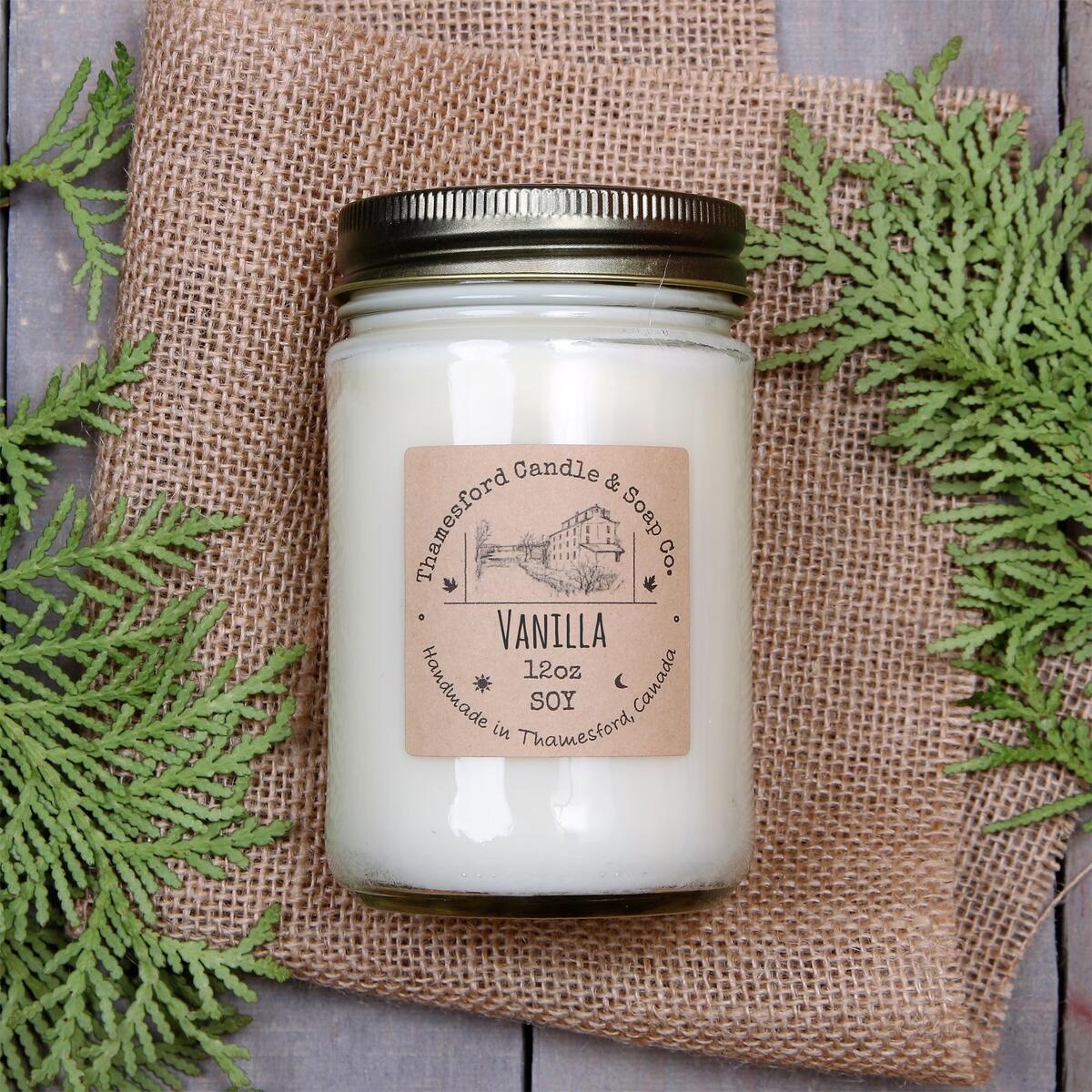
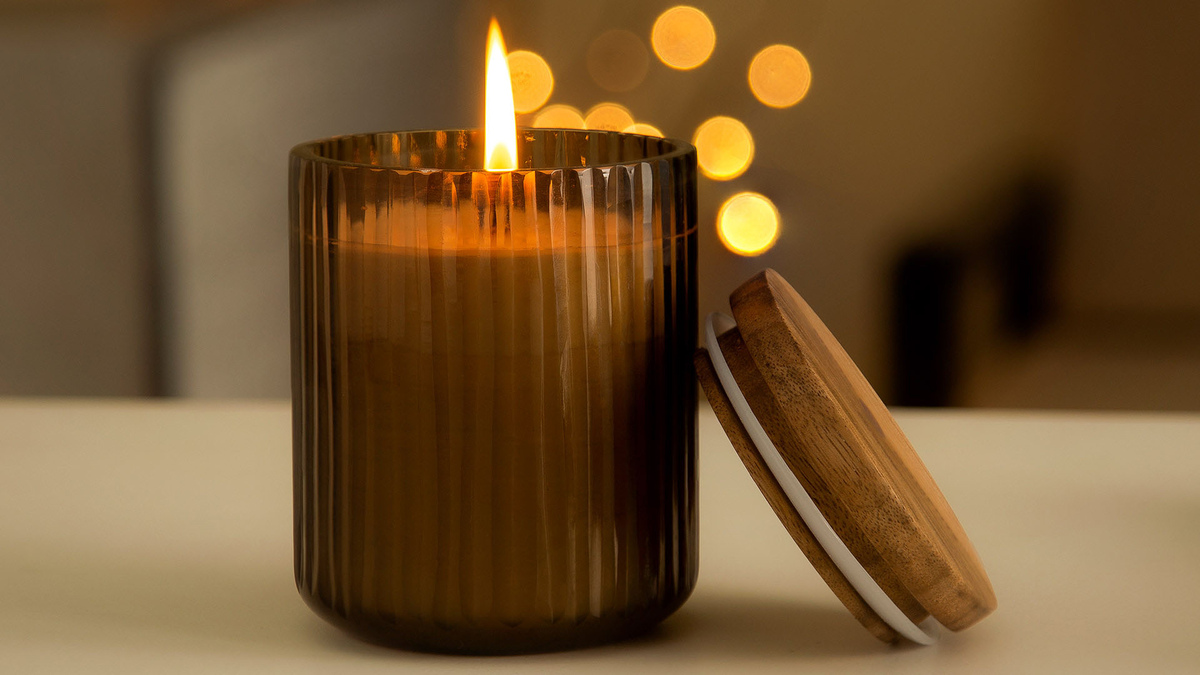
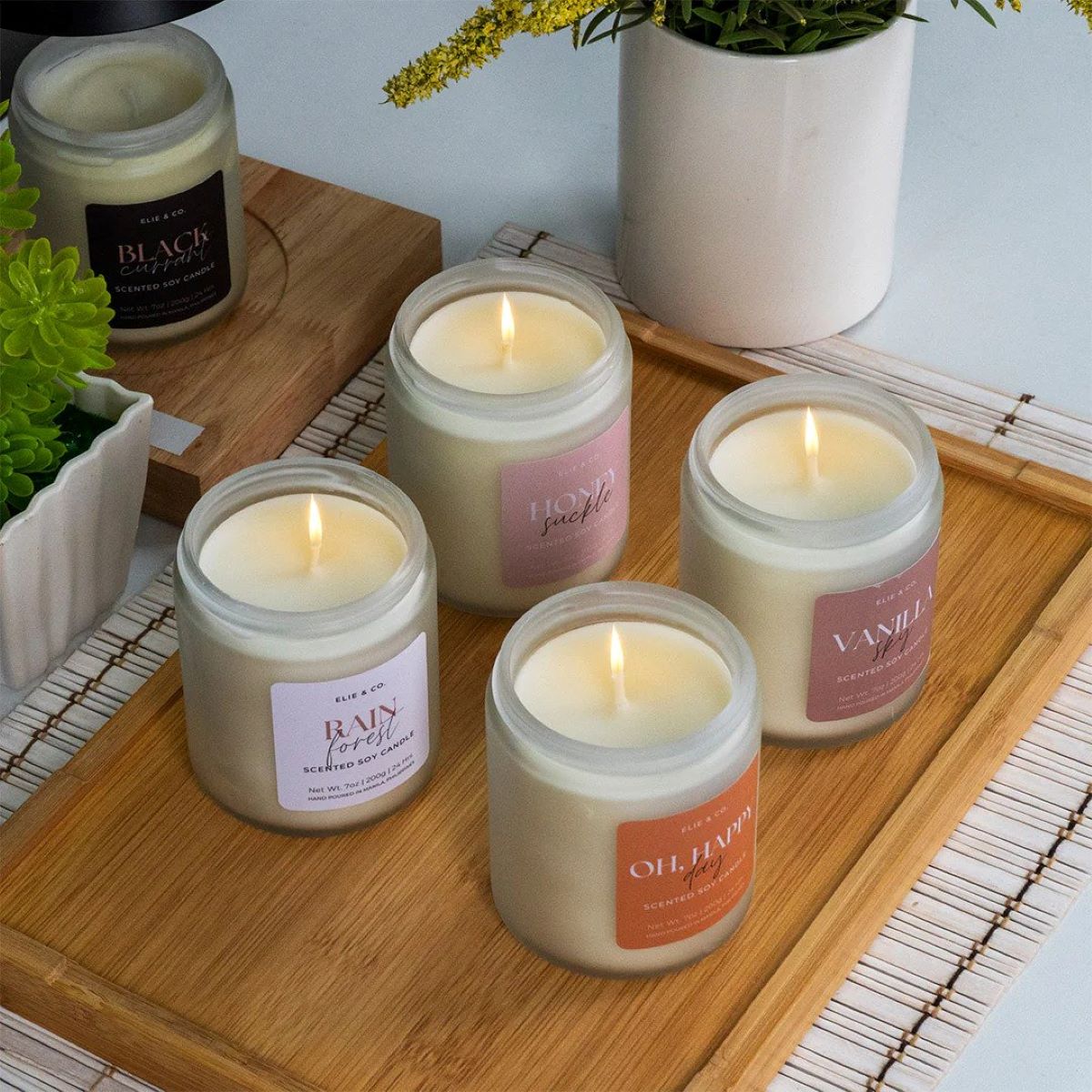
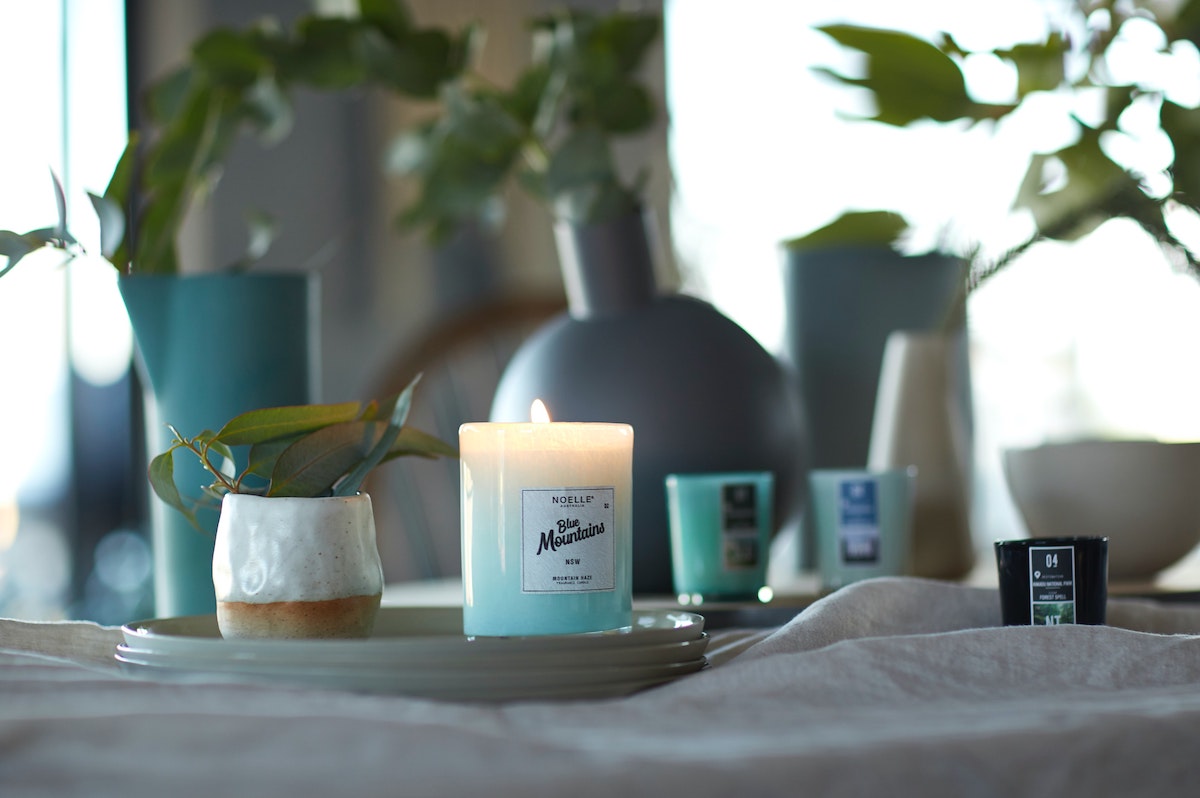
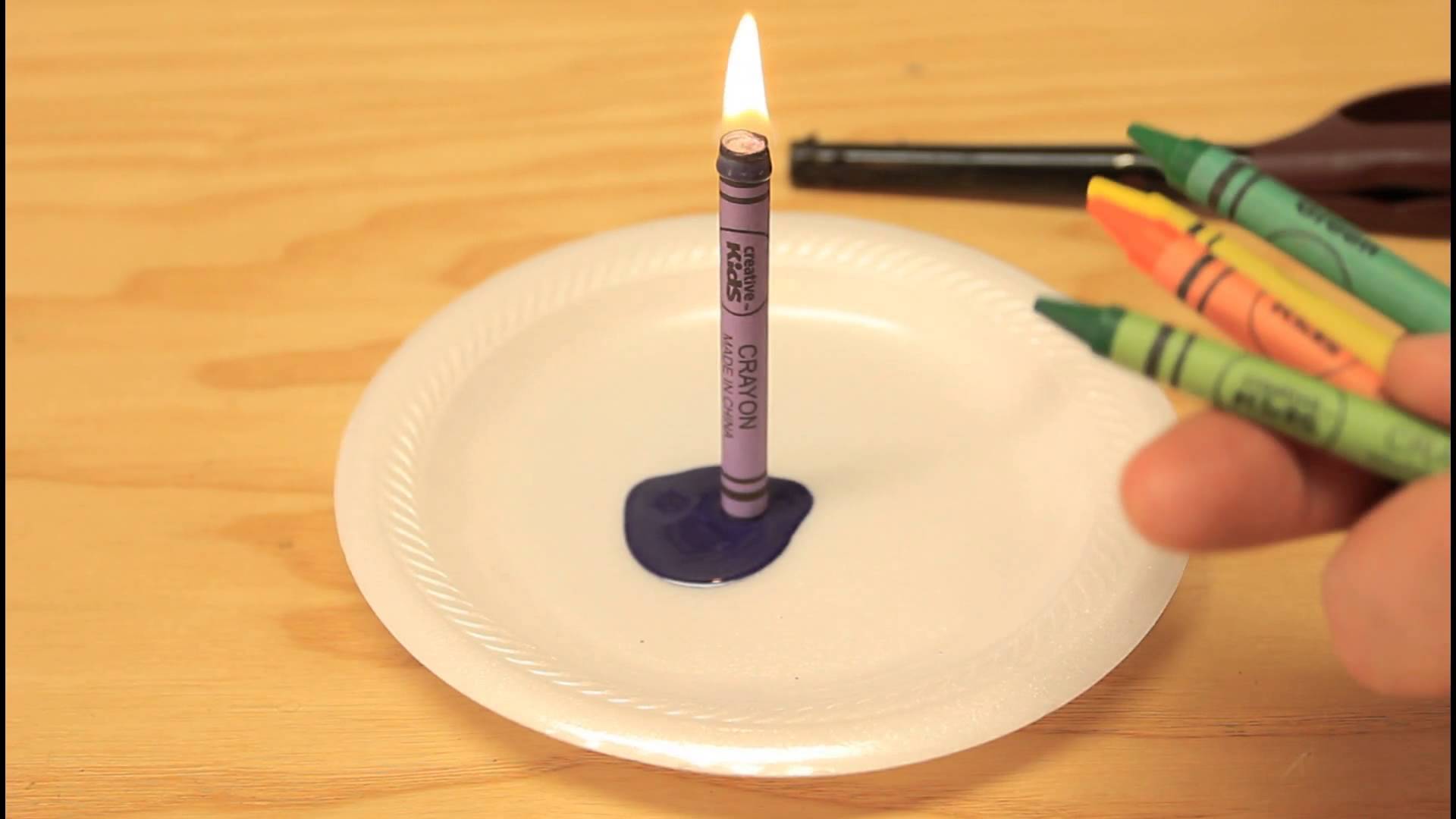
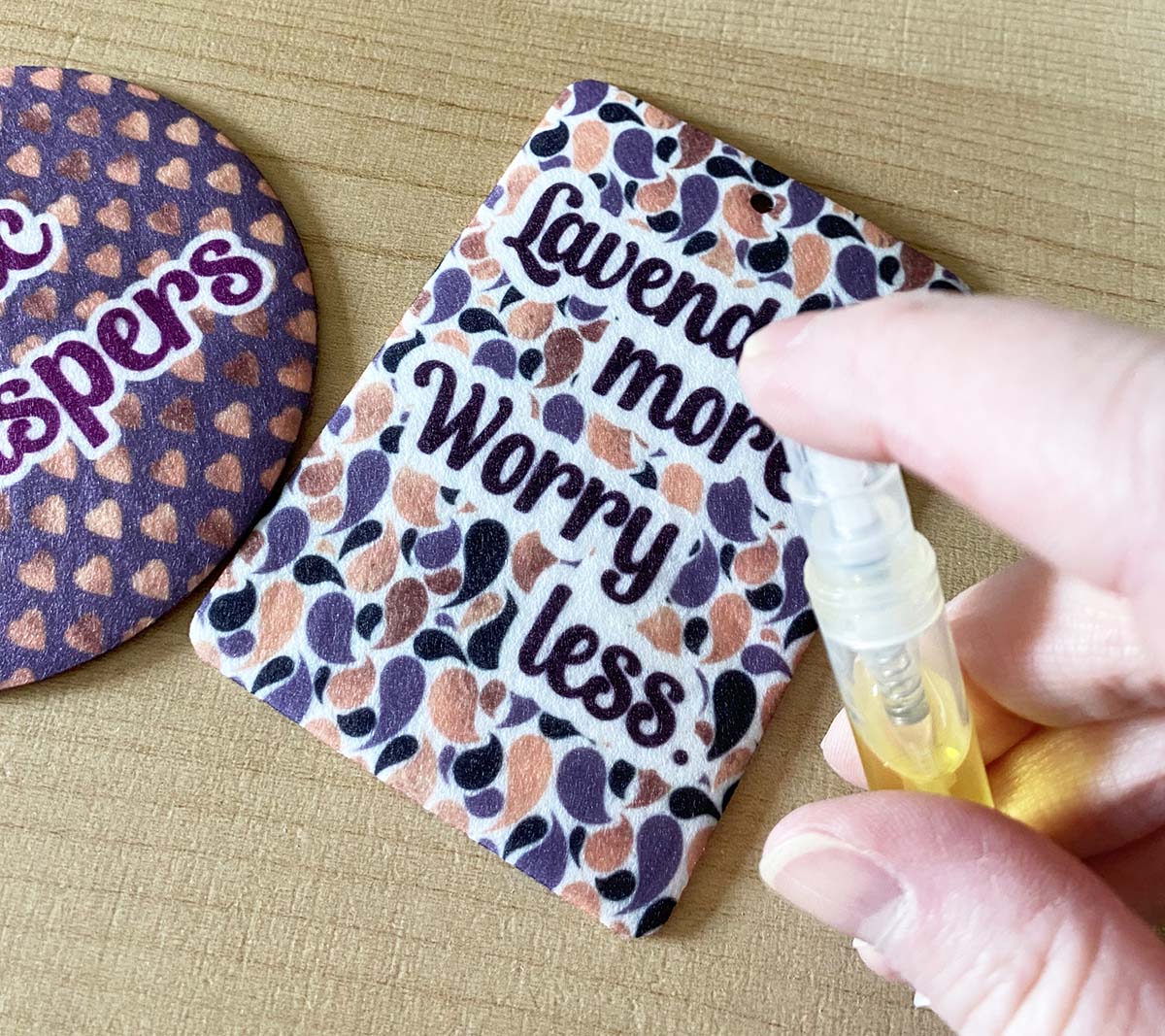
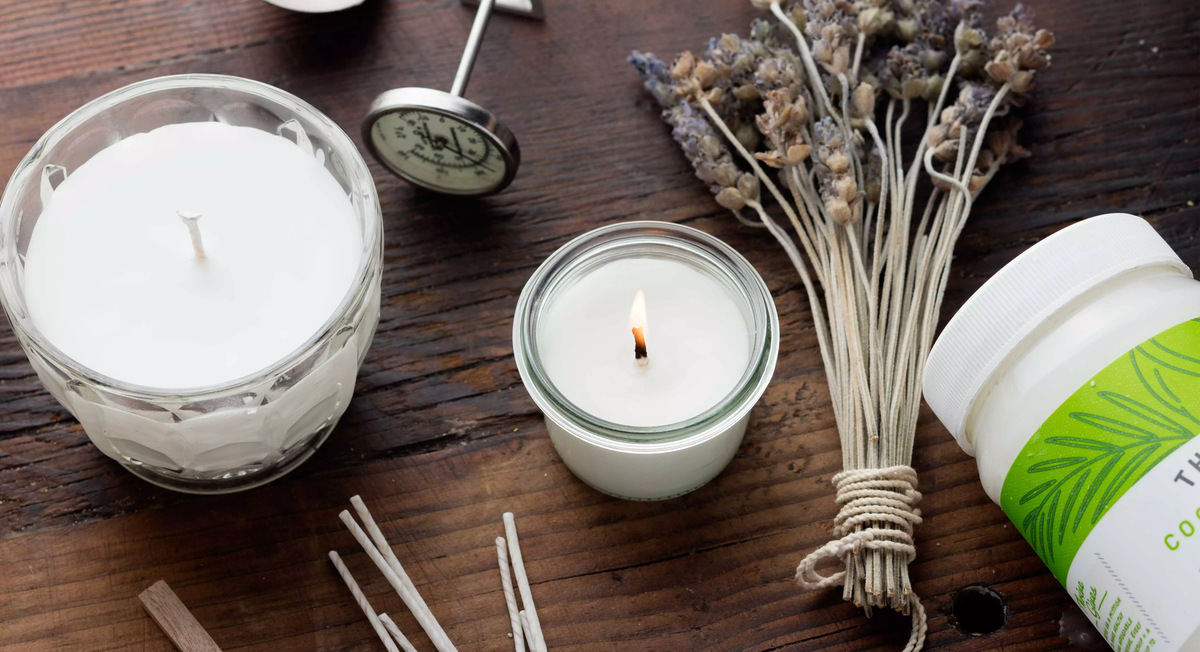
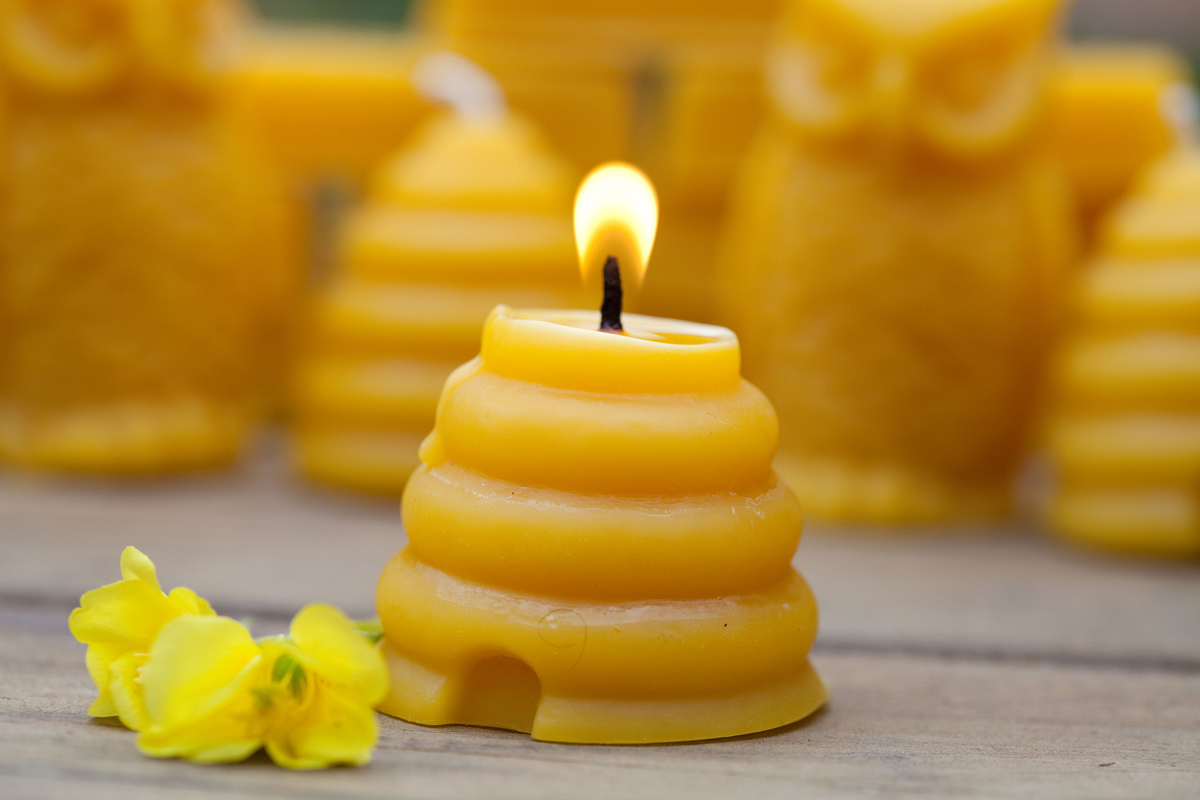
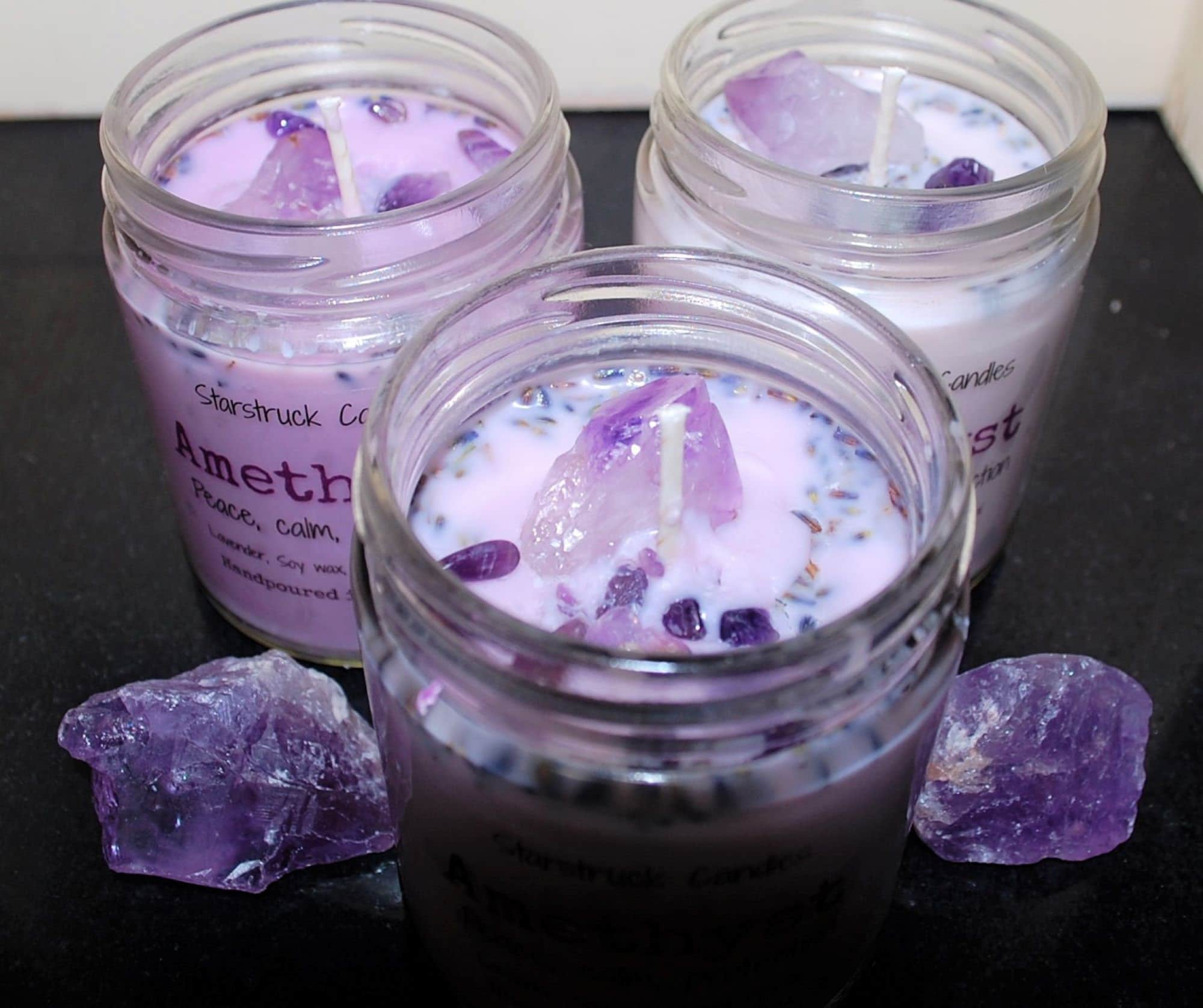
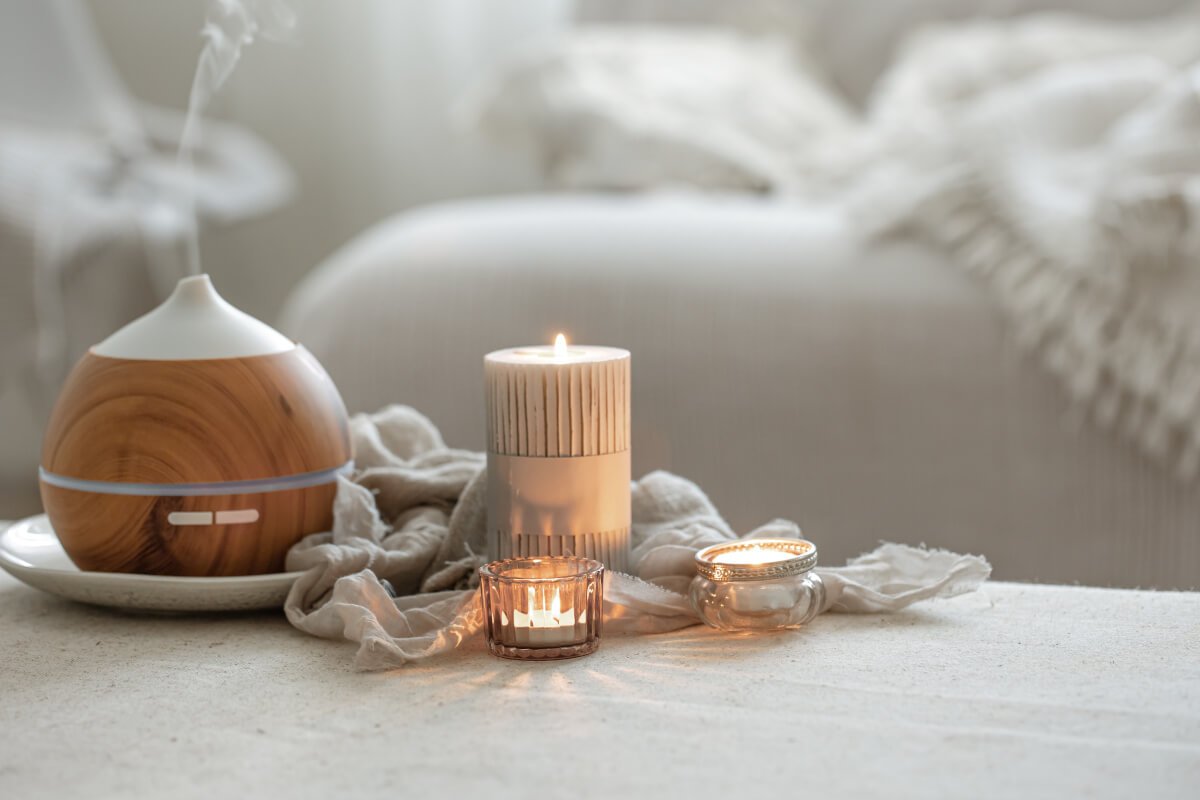
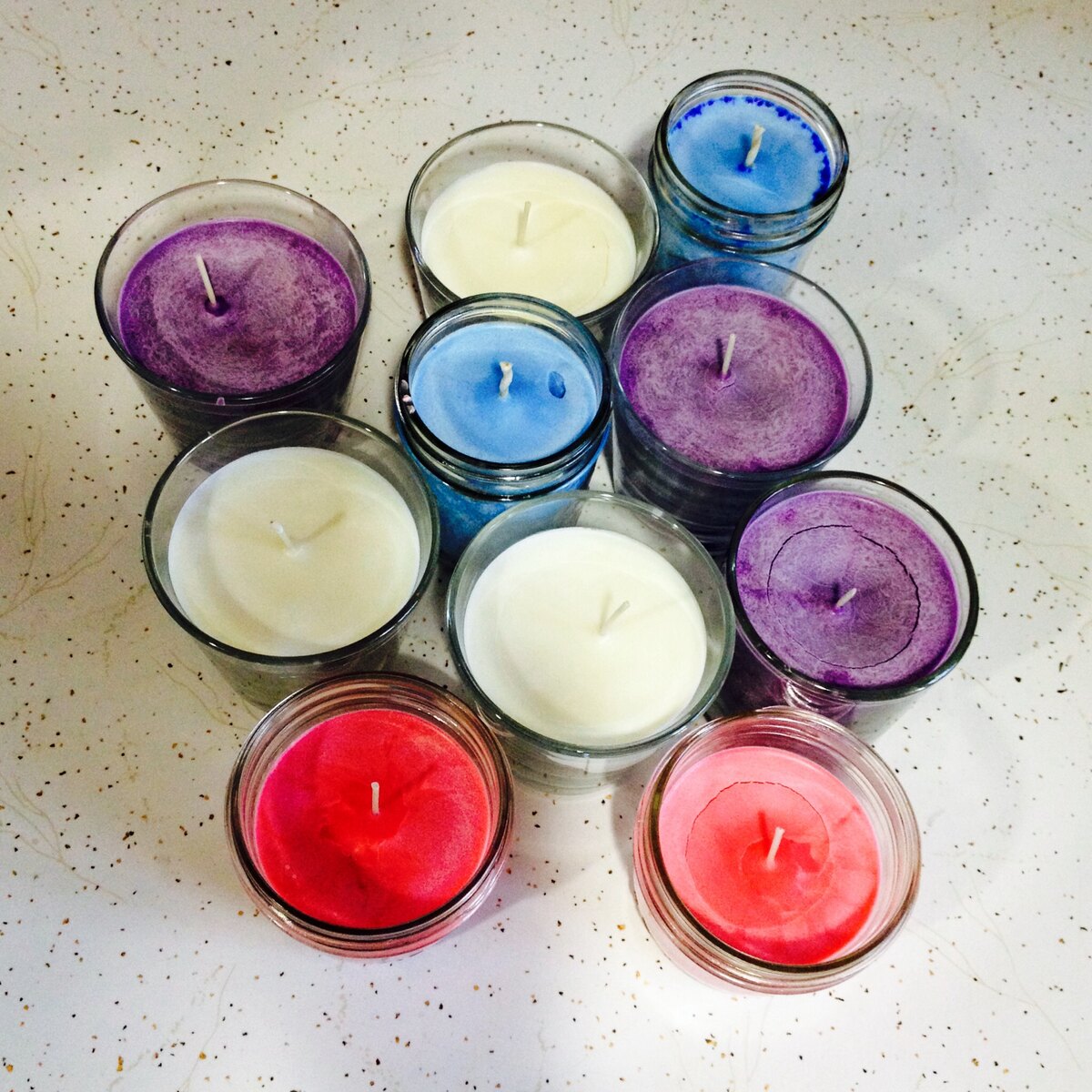

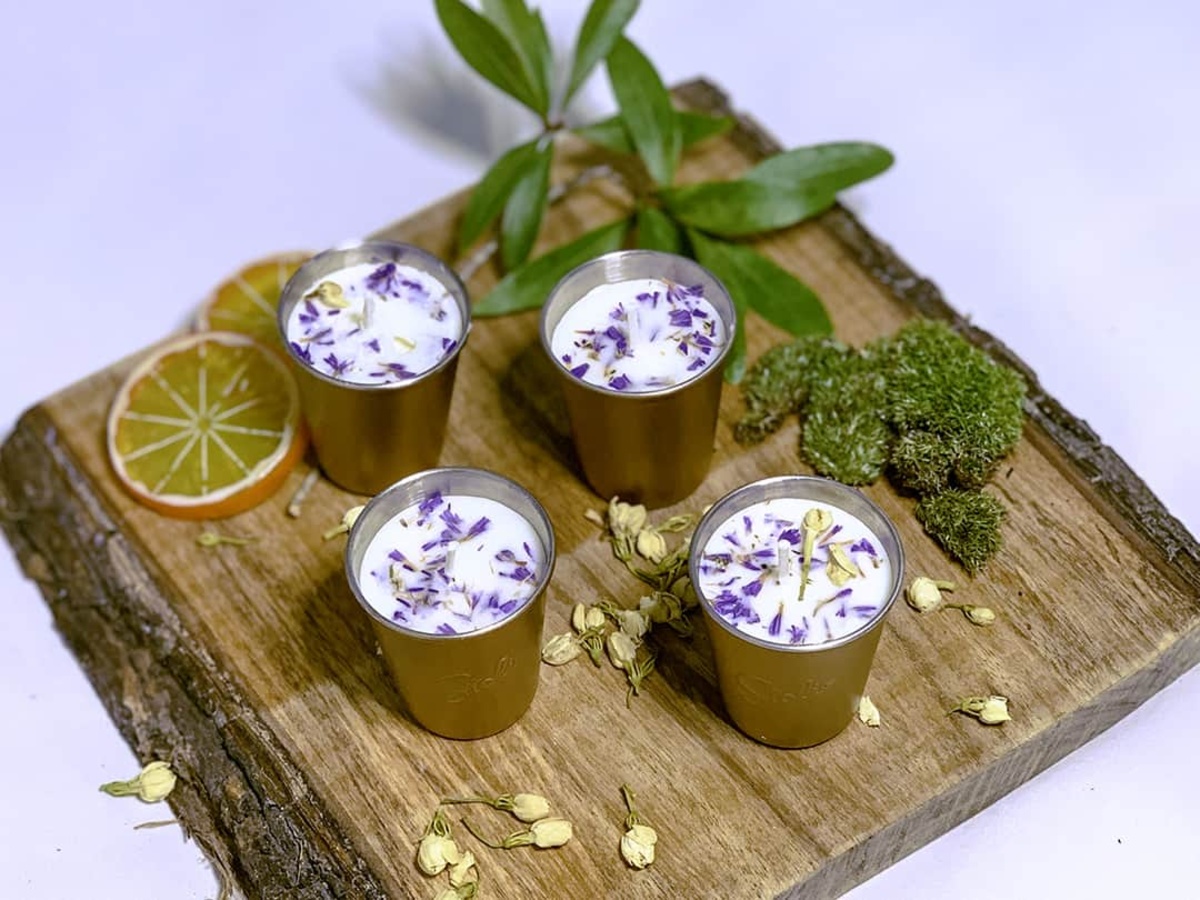

0 thoughts on “How Do You Add Scent To Candles”